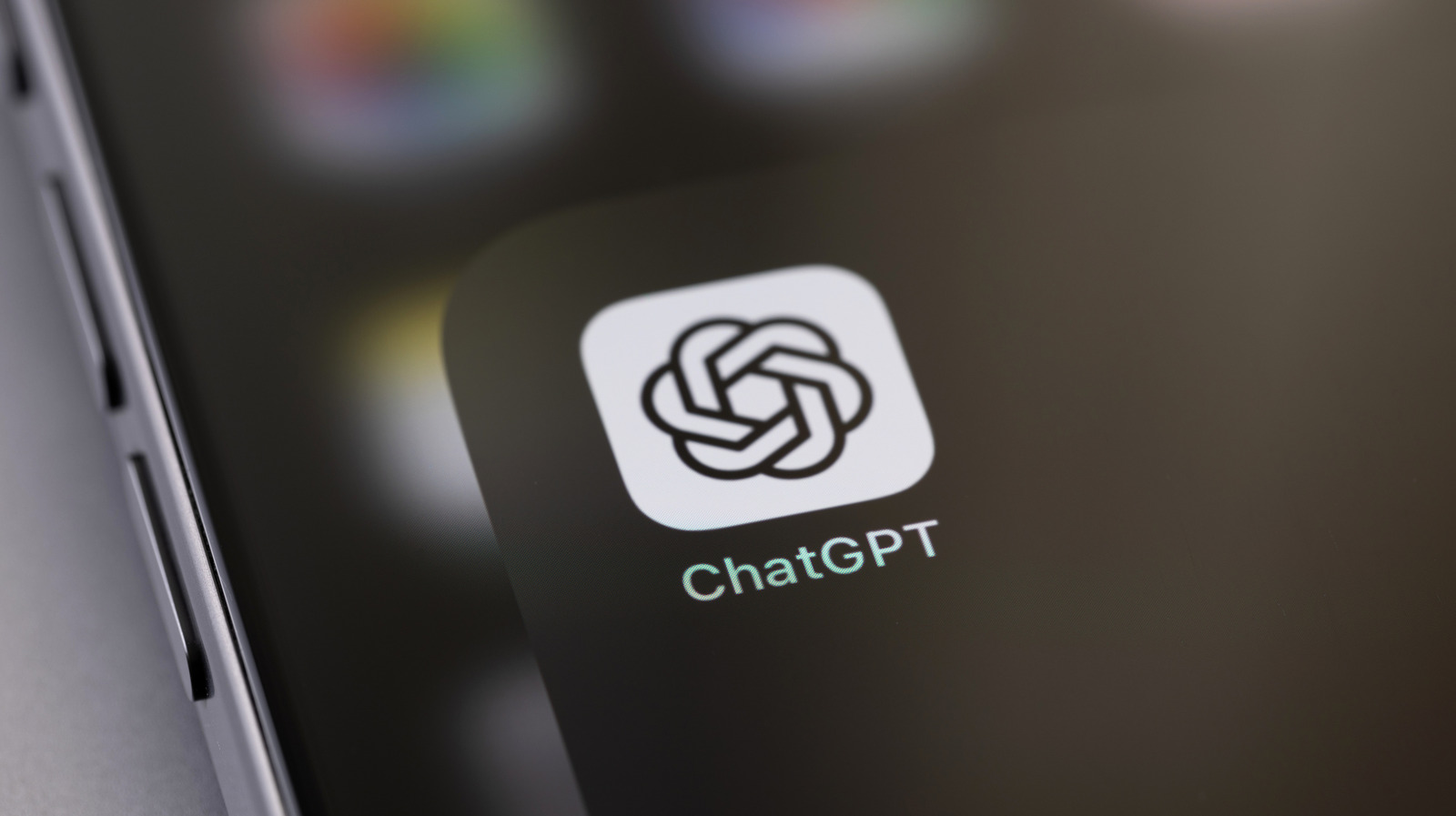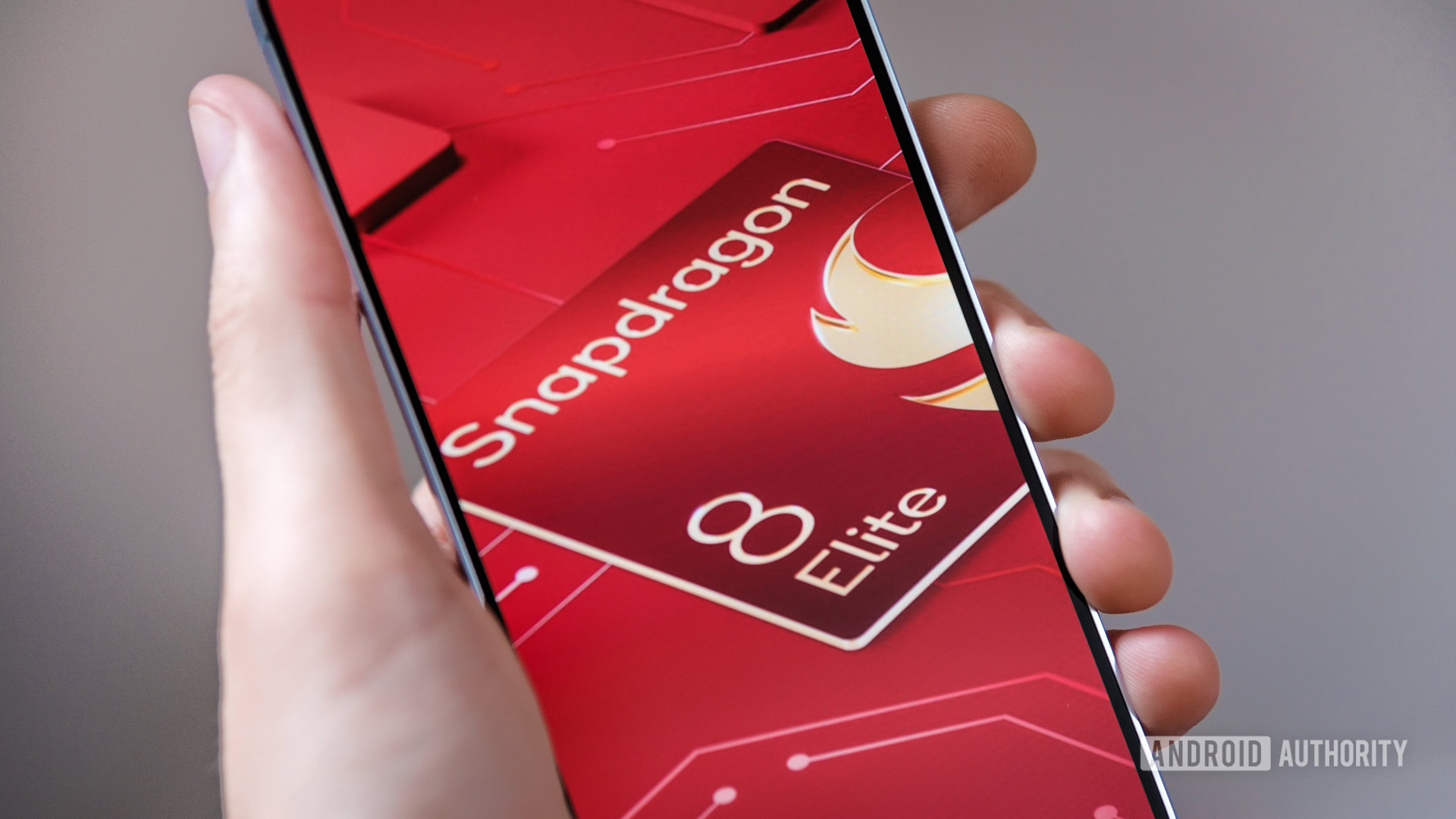I’ve written hundreds of articles about broadband internet technology, but I’d never heard about data being transmitted through invisible lasers before. This wasn’t the plot of a sci-fi movie. This was Taara, a graduate of X, Google’s Moonshot Factory, that uses beams of light to transmit data through the air at the speed of light.
I drove 140 miles from my home in Seattle to remote Selah, Washington, to see it in action. Three miles up a rocky dirt road, you’ll find a typical cellular tower, dotted with antennas dating back 40 years.
If you know what you’re looking at, you can read it like a climate scientist reads ice cores. The oldest antennas on the tower could only send 44.74 Megabits of data each second, or about 14% of what the average American home gets today. The biggest could send 1.4Gbps up to 50 miles away. I imagined the giant snare drums beaming birthday texts, Netflix shows and video meetings all over the Yakima valley.
Seeing these aluminum mammoths up close was so overwhelming that I almost missed what I came up here to see: a white box the size of a traffic light tucked into an open corner of the tower.
Taara’s Lightbridge terminal sits on an open corner of the cell tower owned by StarTouch.
The biggest antennas on the tower were capable of sending 1.4 gigabits per second total; Taara can do 20Gbps in both directions, up and downstream, at distances up to 12.4 miles. The first would allow 56 TVs to stream in 4K at the same time. Taara said its terminal could do 800 — and that was just in the downstream lane.
“The world has moved past the capabilities of that,” said Taara founder and CEO Mahesh Krishnaswamy, gesturing toward the largest antennas on the tower. “Fiber is future-proof, but you can’t get it everywhere, like here. That’s why we’re so excited. It’s a sea shift in the way we think about communications.”
Fiber optic internet has been widely considered the gold standard in data transmission for decades, but it can be incredibly difficult to build — especially in mountainous terrain like Selah. The thin strands of glass that carry data are buried several feet underground, and providers have to navigate a complex permitting process to get them there. Taara bypasses all of that by removing the “fiber” part of the equation and sending it directly through the air.
Broadband infrastructure expansion is more nuts and bolts than glitz and glamour. Innovations tend to occur around the edges. Cellphone companies advanced from 4G to 5G, pushing into new areas of the electromagnetic spectrum when older frequencies got crowded. Satellite internet had even been around for decades before Starlink. Starlink just pulled them down closer to Earth to improve its latency and speeds.
Taara operates in the 190 terahertz range, between visible light and infrared.
“That’s exactly the same frequency that is inside a fiber optic cable,” Krishnaswamy says. “What we have done is essentially removed the sheeting of the cable and transmitted that same data wirelessly. So effectively, Taara can offer the speeds of fiber, but do it in a wireless way without having to dig or trench or lay fiber.”
How Taara plans to cross America’s ‘middle mile’
Taara’s technology falls under the umbrella of free-space optical communication, which refers to the wireless transmission of data through light. You could argue that the idea has been around since ancient times, when light or smoke signals were used to communicate across distances, but the modern version of FSO came with the availability of lasers in the 1970s and 1980s.
“Taara is not alone in the present market, and FSO companies have come and gone since the early 2000s,” said telecom industry analyst Dan Grossman.
Companies like Attochron, Transcelestial and X-Lumin also use lasers for data transmission, but none of them are as proven as Taara, said Scott Bernhard, the director of engineering for StarTouch, a Washington-based company that has been trying out Taara on its cell tower in Selah for the past few months.
“We did talk to other folks. I just didn’t feel like they were quite far enough along,” Bernhard told me, citing Taara’s deployments in India and Africa as proofs of concept.
Bernhard said StarTouch works with two of the “Big Three” cellular carriers to expand connectivity in hard-to-reach areas.
“We’re definitely out in the hinterlands of Washington state,” he said. “We’re pushing to the bounds of the network. We’re at the very edge. Fiber hasn’t made it out here yet. And it may not, because it doesn’t make financial sense.”
Selah is just a few miles north of Yakima, a city with a population of nearly 100,000. Data from the Federal Communications Commission shows that 31% of Yakima residents have access to fiber, compared with 6% in Selah.
As I stood next to the cell tower on the Selah mountaintop, I was struck by what a massive undertaking it would be to lay fiber across this rugged terrain.
“It took us 30 minutes to even drive up here. There are no roads. There is no easy way to access this,” Krishnaswamy said. “You’d have to dig and trench and lay fiber in all of these places. And it’s cumbersome. It’s expensive.”
That’s the problem Taara is aiming to solve. It costs $10 to $27 per foot to bury fiber underground, or $52,800 to $142,560 per mile, according to a 2024 survey of firms that build fiber networks. (Installing it on poles is slightly cheaper, but less common.) It’s likely on the higher end in rocky, mountainous terrain like Selah.
“If it’s going to cost you $100 a foot to bore through a rocky ledge, this is a pretty attractive option,” Grossman told me.
Instead of going underground, Taara connects the fiber network in Yakima to the cell tower in Selah entirely through the air.
“All you need is one terminal to be able to see the other terminal, and you’re able to transmit the full 20 gigabits per second without any issues,” Krishnaswamy said.
A 2021 report from the International Telecommunication Union found that 58% of the world’s population lives within 15.5 miles of a fiber network, but 32% are still left offline. The reasons for that are complicated — most people without home internet in the US say affordability is a bigger barrier than access — but none of those factors exist in a vacuum. Infrastructure investments allow more providers to operate in an area, which in turn lowers prices for customers.
In Selah, you could see the fiber network off in the distance with the naked eye, but those world-class speeds would have been inaccessible without Taara. That patch between the fiber infrastructure and the cell tower is what’s known as the “middle mile.”
The US has more than 186,000 miles of fiber optic networks.
According to the ITU, 94% of the country lives within 31 miles of a fiber network. But traversing those miles is often more expensive and time-intensive than internet providers are willing to invest. Taara’s pitch is that it can cross a dozen miles in the few hours it takes to install.
“Fiber could take a long time in places like out here in the middle of nowhere,” Bernhard explained. “The fiber POP [point of presence] could be 30 miles away.
“With Taara, you can get your customers on the network fairly quickly. The permitting process and getting on the towers — it’s months, not years.”
The National Telecommunications and Information Administration, an agency under the Commerce Department, is currently doling out $42.5 billion to states under the Broadband Equity Access and Deployment Program. The goal is to expand infrastructure for high-speed internet in rural areas — particularly to addresses that don’t have a single home internet provider available. Taara’s Krishnaswamy recently outlined in a blog post how Taara could help internet providers cross the middle mile with BEAD projects.
“Historically, every country has advanced by actually finding some way to subsidize or augment the connectivity infrastructure project,” Krishnaswamy told me. “What we are trying to do is work with partners and ISPs and fiber operators who are delivering this and provide resiliency to the network.”
Birds, fog and monkeys
One obvious question jumped out to me as I looked at the Taara terminal in Selah: what happens if something like a bird gets in the way of the laser? Would my Zoom meeting drop out?
“Birds are a big problem,” Grossman said. “A bird flying through one of those beams for a quarter of a second is going to kill a lot of bits.”
When it comes to things like live streaming, that would likely cause a glitch in the video.
“You will see a brief interruption, or it may seem like a brief interruption,” Krishnaswamy said, explaining that software inside the terminal detects the interference. “We have a repeat request, which is a retransmission of the data, so the other side doesn’t even notice that brief blip of loss of packets.”
The cell towers that house many Taara terminals can also be vulnerable to disruption. Early on, even small vibrations or gusts of wind would knock the laser off its course. When Taara was installed in India, the local animal population even presented an engineering hurdle.
“Monkeys were all over the tower shaking it,” Krishnaswamy told me. He says the experience led them to develop new stabilization technology inside the terminal.
“Even if the tower sways, we know exactly how much it’s swaying and compensate in the other direction so it stays locked,” he said.
But the company’s biggest bogeyman has actually been fog, which scatters light at the same wavelength that Taara operates in. In those cases, Taara uses radio frequencies as a backup. Selah isn’t prone to fog, but it occasionally gets heavy rainfall that could disrupt the light beams.
“What we’ve seen is it’d have to be a pretty significant storm. But that’s why you have an underlay,” Bernhard said, referring to the radio frequency backup. “We at least have a way to keep the lights on.”
What does the future look like for Taara?
Krishnaswamy was understandably hyped about the path ahead for Taara. He described a utopian vision of the future for connectivity around the world: endless bandwidth for all.
“There’s really no upper limit,” he said. “There is so much spectrum available in the light domain. If you were to compare it to the radio frequency, you could fit the entire radio frequency spectrum inside the light domain, and you wouldn’t even scratch the surface.”
Each Taara laser is about the size of a chopstick, so there’s nothing stopping Taara from adding more if the 20Gbps isn’t enough. Krishnaswamy said his team has gotten the number as high as 160Gbps by stacking the lasers.
“That’s complete overkill to these kinds of places considering that you only are using 5% utilization right now,” he said.
He referred to an oft-cited rule in the broadband world called Nielsen’s law, which states that a high-end internet user’s connection speed grows by roughly 50% each year, doubling every 21 months. This has held true every year since 1983. To keep up with that pace, most experts agree that fiber optic needs to be the backbone of any future network. Can Taara really do the same thing through the air?
Bernhard, the director of engineering at StarTouch, told me he “absolutely” plans on adding more Taara terminals in Washington.
“We’ve been very happy, and we are looking to deploy more,” he said. “This is a very good tool in the toolbox.”
Everything about laser internet sounded exciting, but the tech world is full of lofty promises. Taara was even born out of one — another Google Moonshot project called Loon that used balloons in the stratosphere to deliver internet. Light beams were used to help the balloons send high-speed data to each other. Loon’s dreams were deflated and Taara’s rose from the ashes.
As Grossman, the telecom industry analyst, said, “There is a difference between marketing claims and what actually works in the field. Taara has a lot of systems in the field, so I think it more likely than not that it works, but how much they’ve stretched that is another question.”
So far, Taara is living up the hype in Selah. Will it be the game-changing solution that Krishnaswamy envisions? Is there really no “upper limit” on the amount of bandwidth Taara could supply on the light spectrum?
Only time will tell, but I know I’ll be looking at every cell tower I see with fresh eyes, trying to spot a white traffic light with the laser eye nestled among the behemoths.








